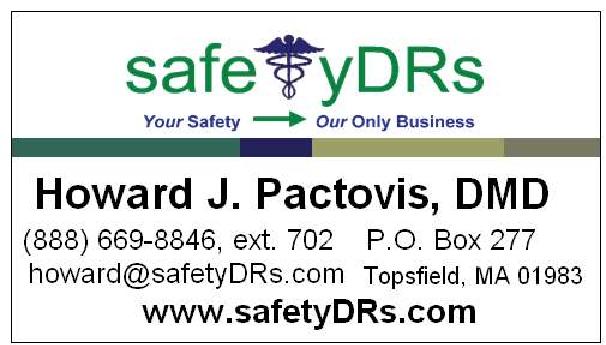 Percutaneous injuries (e.g. needlesticks and other “sharps” injuries) are among the most efficient modes of transmission of bloodborne pathogens (hepatitis B, hepatitis C, HIV). However, direct or indirect blood or body fluid exposures that inoculated bloodborne pathogens into cutaneous scratches, abrasions, burns, other lesions, or on mucosal surfaces likely account for a significant proportion of occupational infections.
Percutaneous injuries (e.g. needlesticks and other “sharps” injuries) are among the most efficient modes of transmission of bloodborne pathogens (hepatitis B, hepatitis C, HIV). However, direct or indirect blood or body fluid exposures that inoculated bloodborne pathogens into cutaneous scratches, abrasions, burns, other lesions, or on mucosal surfaces likely account for a significant proportion of occupational infections. Dental personnel are reminded to take care of their primary defense system…their skin. A medical professional should treat skin conditions. Any cuts or lesions should be covered (e.g. plastic bandage), even though gloves are worn. Gloves and eye/face protection must be worn properly and consistently. Remember that good hand washing is the single most important procedure to prevent infection!
